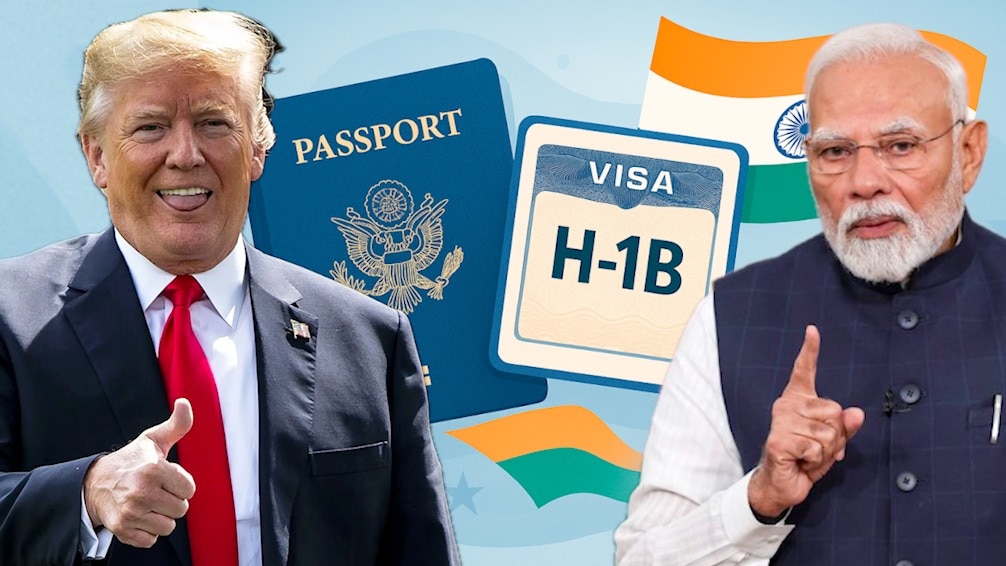Proposed $100,000 H-1B Visa Fee: Reshaping US Tech Hiring and Global IT Strategies
The proposed $100,000 H-1B visa fee threatens to fundamentally alter global talent acquisition for US companies and significantly restrict pathways for skilled foreign workers.

Subscribe to our newsletter and stay informed about latest H1B news, policy updates and and other developments.
Article Summary
A proposed US$100,000 fee for new H-1B visas by former President Trump is set to overhaul the Indian IT sector's strategy, which heavily relies on US work visa programs. Experts anticipate this will force firms to restrict onshore rotations, accelerate offshore delivery, and increase hiring of US citizens and green card holders. The move is expected to constrain client-facing roles, impact IT deal conversion, and is likely to face immediate legal challenges.
Original Article: straitstimes.com
[ Sentiment: negative | Tone: factual ]
This summary and analysis were generated by TheNewsPublisher's editorial AI. This content is for informational purposes only; it does not constitute legal or immigration advice.
[ Sentiment: negative | Tone: factual ]
This summary and analysis were generated by TheNewsPublisher's editorial AI. This content is for informational purposes only; it does not constitute legal or immigration advice.
TNP AI: Key Insights
The proposed $100,000 H-1B visa fee represents a drastic increase from previous administrative fee structures, significantly escalating the cost of sponsoring foreign talent. This steep hike forces a re-evaluation of long-standing global talent strategies for US employers, particularly in the tech sector, and is expected to accelerate shifts towards offshore or near-shore delivery models, including in countries like Canada and Mexico.
For skilled professionals, this change severely limits access to the H-1B program, making the 'American Dream' more challenging and potentially redirecting talent pools to other countries or discouraging US employment altogether. The anticipated legal challenges highlight the contentious nature of such policy shifts and the high stakes for both businesses and individuals.




